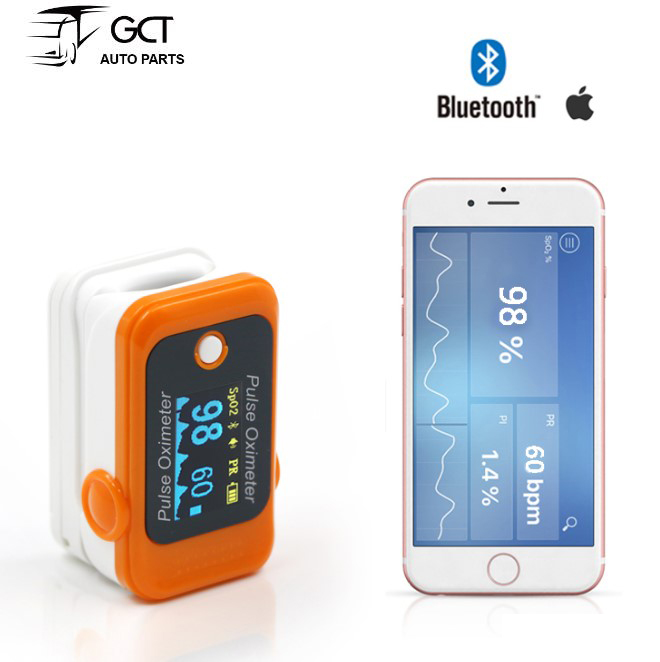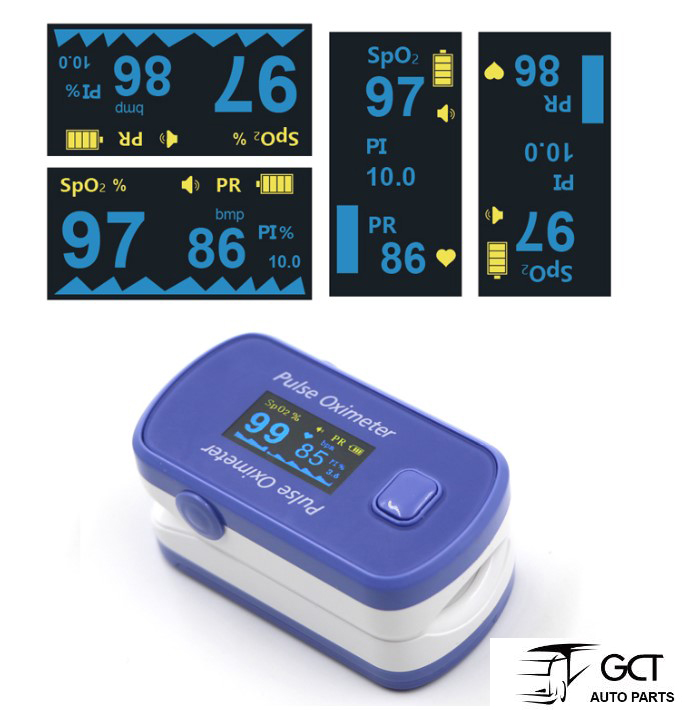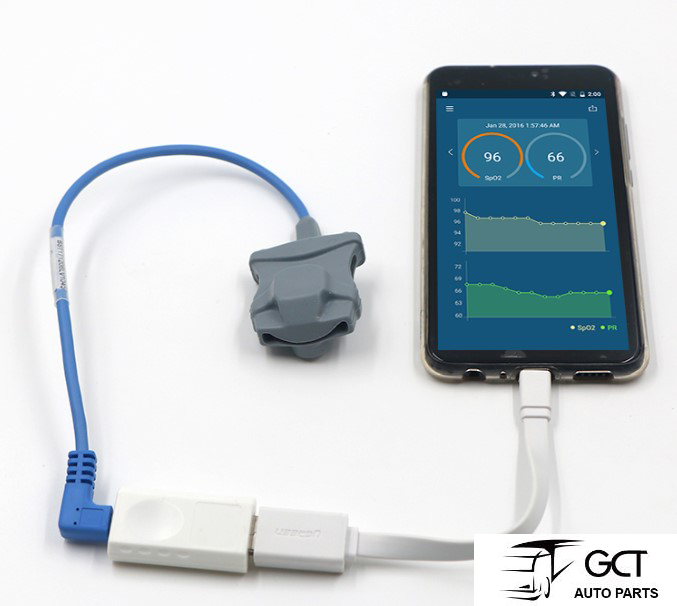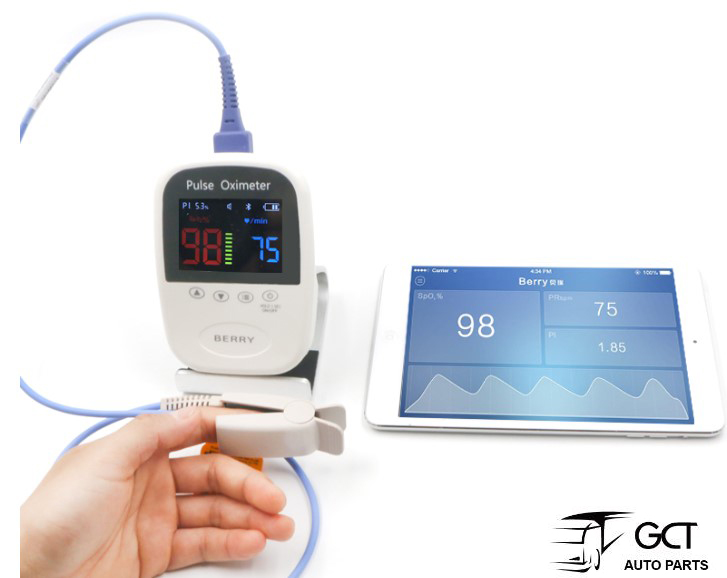2020 is a special year, a new crown epidemic that caught all humans off guard, almost disrupting the original plans of everyone and all enterprises. Under the epidemic, the demand for products such as forehead guns, oximeters, sphygmomanometers, monitors, and ventilators has exploded.
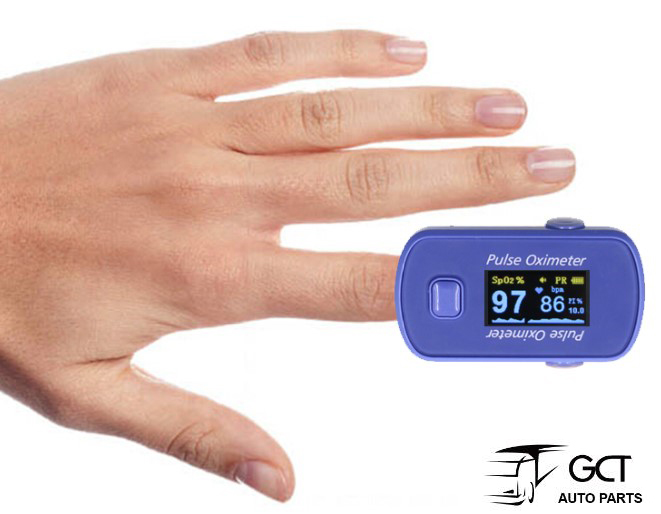
There are currently over 2.4 million confirmed cases worldwide and more than 160,000 deaths. The blood oxygen saturation concentration is one of the important diagnostic indicators of this new coronavirus, so the demand of the oximeter is also multiplied. Generally speaking, the oximeter can be divided into two categories. One is the in-hospital equipment used in the hospital, which is generally integrated on the vital signs monitor and obtains the blood oxygen data through the blood oxygen probe; The small finger clip oximeter can directly detect the bleeding oxygen data by clamping it directly on the finger for a few seconds.
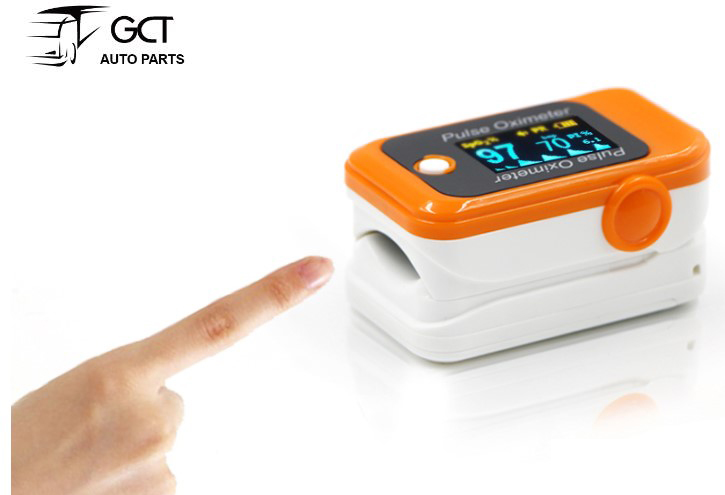
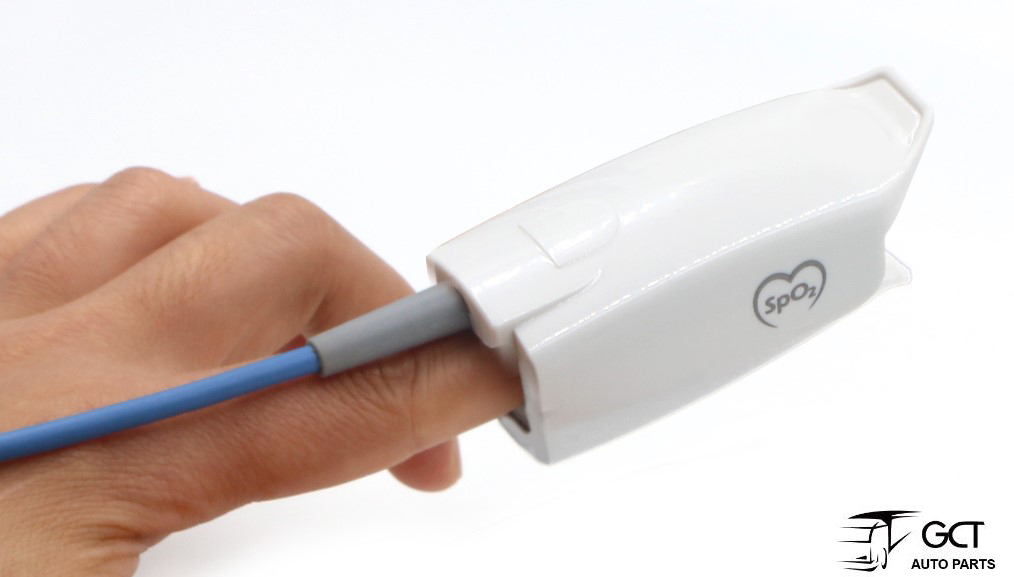
From the current information, the demand for monitoring blood oxygen equipment used in hospitals has also increased a lot, and it is conservatively estimated that there is a 3 to 5 times increase. Demand for blood oxygen raw materials, accessories, and finished equipment is increasing explosively, and prices are rising. But this explosive demand is only short-lived, and it will gradually fall back according to the changes in the epidemic situation. However, even if it falls back later, all countries will learn the lessons of the epidemic. After the epidemic, the construction of infectious disease hospitals should be strengthened. It is expected that the growth rate of medical blood oxygen monitoring equipment should be maintained at 25% ~ 30 in the next few years. %between.
The threshold for medical blood oxygen equipment is high, and it needs to pass the strict certification of the State Drug Administration to enter. The finger clip oximeter generally used must also pass the relevant certification of the State Drug Administration. During the outbreak, many temporary cabin hospitals, centralized observation points and other temporary institutions also used finger-type oximeters. These oximeters are battery-powered and easy to carry and carry.
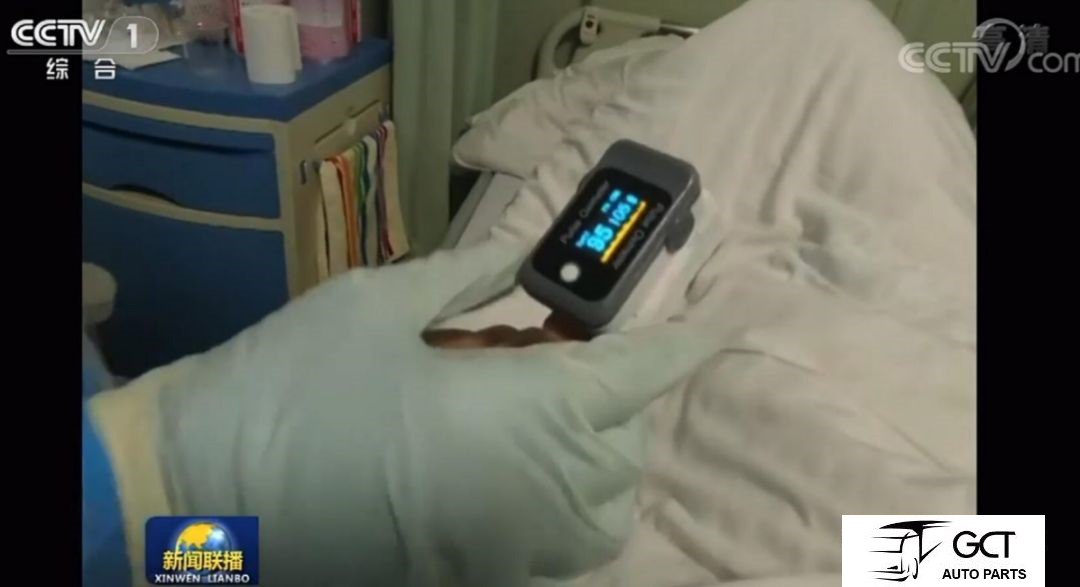
At present, the demand for related products for oximeters is rising very fast, almost ten times more. Judging from the current sales form of Berry, our original oximeter products only accounted for a part of the company’s sales, and now almost all of them are shipped. In the early stage, domestic demand was the main one, and there was a pause of about a week in the middle. Now overseas demand is coming.
In terms of the oximeter sensor, the oximeter’s requirements on the sensor are quite high, and the consistency of the wavelength on the light-emitting side must be very high to ensure the accuracy and repeatability of the measurement results. For the explosive demand during the epidemic, we can not meet one by one, we can only give priority to ensuring the needs of stable old customers.
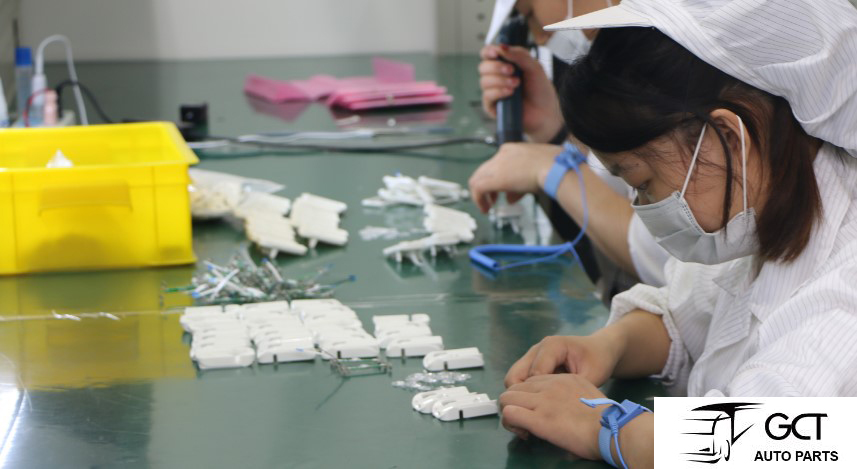
The principle of the oximeter is a non-invasive measuring instrument for blood oxygen saturation (SpO2). Oxygen saturation is defined as the amount of oxygen dissolved in the blood, mainly for the detection of hemoglobin (HbO2) and deoxyhemoglobin (Hb). Two different wavelengths of light are used to measure the difference in absorption spectrum between the two. Blood flow will be affected by the concentration of both, and their absorption coefficient can be measured by red and infrared spectroscopy. HbO2 and Hb have different levels of light absorption at different wavelengths. Deoxyhemoglobin has a strong absorption of red light, while hemoglobin has a strong absorption of infrared light.
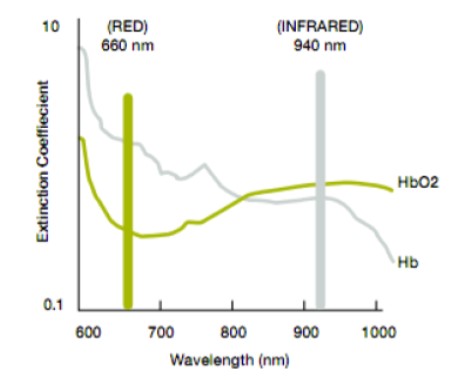
Extinction coefficient difference between HbO2 and Hb at different wavelengths
As can be seen from the above figure, the extinction coefficients of the two hemoglobins at specific wavelengths are very different, so in a general oximeter, the red light wavelength is generally 660nm, and the infrared light wavelength is generally 940nm.
Microchip: AN1525
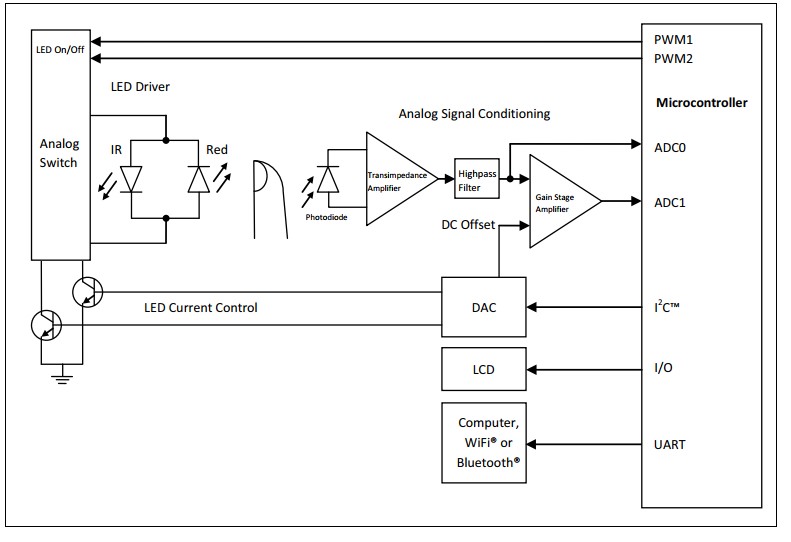
The design includes a red LED, infrared LED and photodiode blood oxygen saturation sensor circuit, plus an LED driver circuit. After red light and infrared light are transmitted through the finger, they are detected by the signal processing circuit, and then passed into the 12-bit ADC module of the single-chip microcomputer to further calculate the percentage of blood oxygen saturation.
With the help of the built-in dsPIC, the digital FIR bandpass filter can filter the ADC data, and the obtained filtered data is used to calculate the pulse amplitude.
Through the UART interface, the measured blood oxygen saturation and pulse rate can be transmitted to the computer, WiFi or Bluetooth.
OLED Finger Clip Bluetooth Oximeter
TFT color screen finger clip four-direction oximeter
Palm Bluetooth Oximeter with Adult Finger Clip
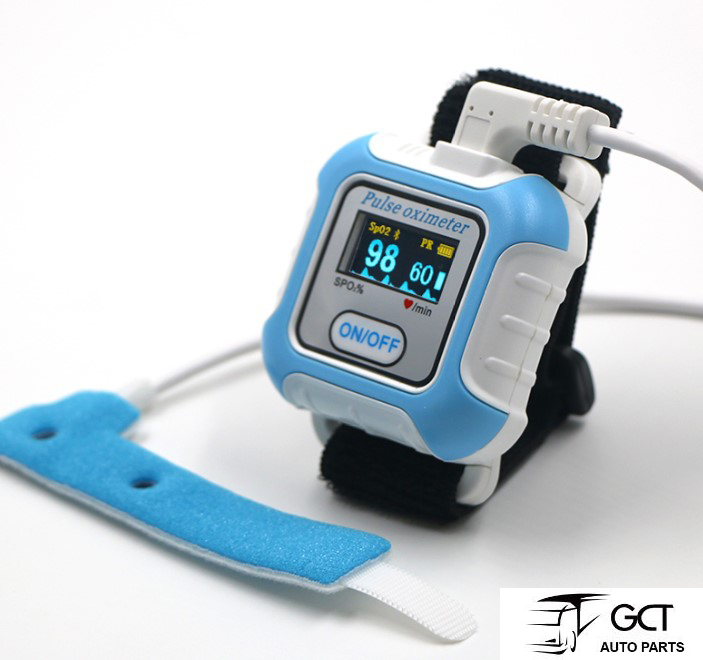
wrist Bluetooth oximeter with disposable neonatal package (sleep apnea monitoring management)
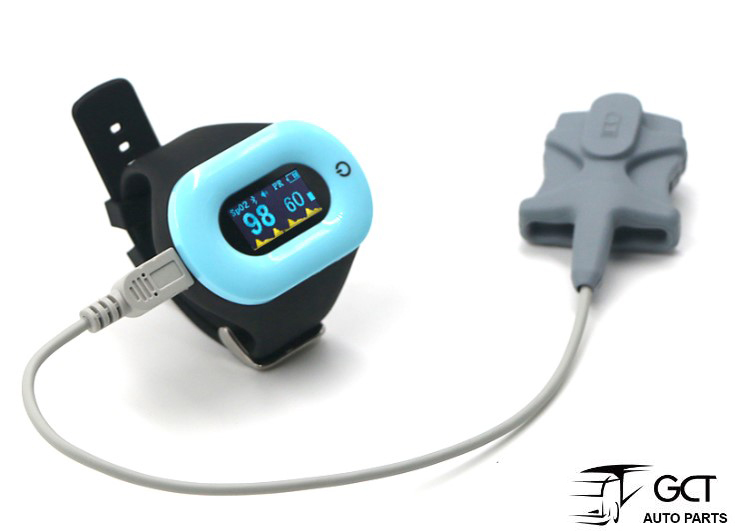
wrist oximeter with adult finger cot
Today’s consumer oximeters on the market are more focused on the expansion of smart wear and professional fitness, while professional medical oximeters are more inclined to high-precision measurement, data monitoring and early warning.
Post time: Apr-22-2020

